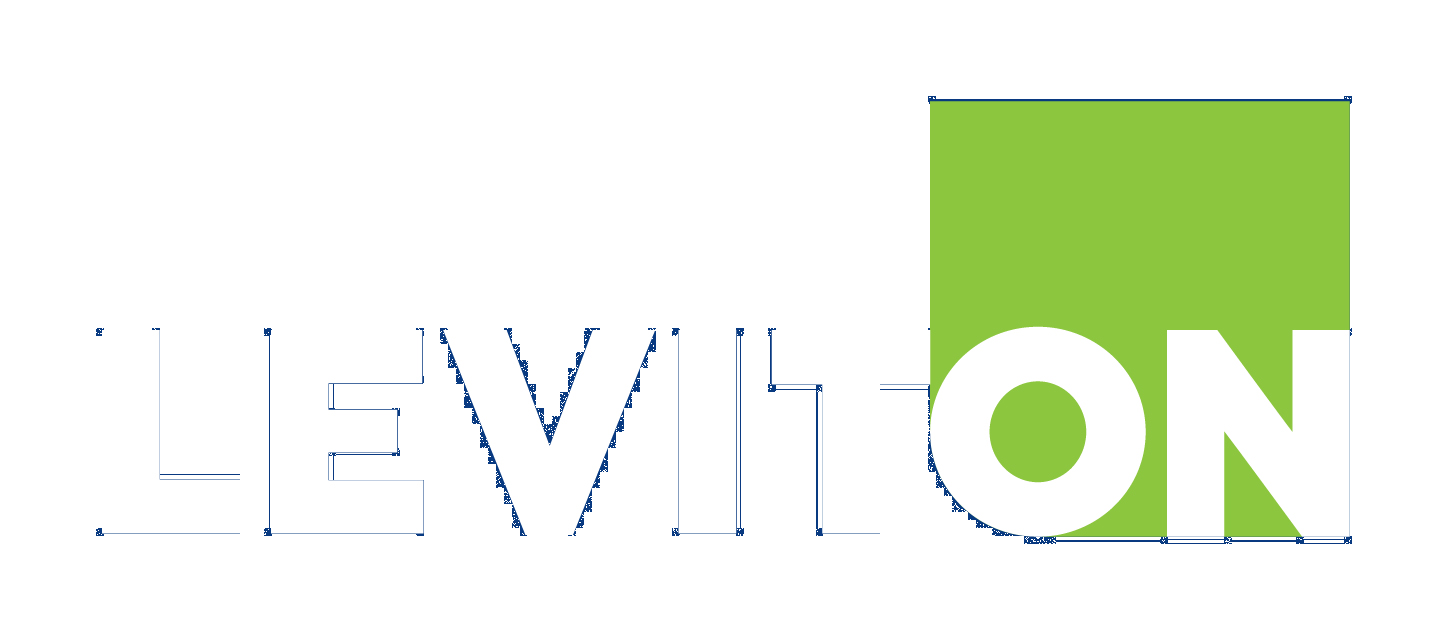Setting Up an Energy Monitoring Hub (EMH) on Your Network: What You Need to Know
Deploying an Energy Monitoring Hub (EMH) on a local area network (LAN) can be a powerful way to track and manage energy usage across your facility. However, to ensure everything works smoothly, there are a few important considerations—some technical, some practical—that you’ll want to keep in mind.
Why Your Network Setup Matters
Before installing the EMH, it’s crucial to think about all the Leviton devices that will be connected to your network. You’ll also want to consider how users will access the meter data—whether from a local computer or remotely via the internet. These decisions will shape how your LAN and the connected devices should be configured.
Involve Your IT Team Early
Whether your network is managed by an internal IT department or an outside contractor, they need to be involved from the start. Networks change over time—new devices get added, security settings evolve, and configurations shift. Without proper planning, these changes could disrupt your energy monitoring system.
Because every network is unique, Leviton doesn’t prescribe a one-size-fits-all setup. Instead, it’s up to your IT expert to determine the best way to integrate the EMH and related devices into your existing infrastructure.
|
|
| Figure 1: Example of many of the different ways our devices may be networked together and accessed, and what intermediate devices may need to be configured to enable successful communications. |
Static IPs: A Simple Way to Avoid Headaches
Leviton recommends assigning static IP addresses to each device in the system. This helps ensure consistent communication and avoids common networking issues. Think of IP addresses like mailing addresses. If they change frequently, it becomes hard to reach the correct destination.
Static IPs are mainly recommended for all devices internal to your network. It is not completely necessary for an internet facing static IP from your Internet Service Provider unless you are planning on remotely accessing your EMH from the internet directly.
Remote Access To Your EMH: Not Always Straightforward
If you’ve decided you don’t want to use cloud services for the meter data, it is possible to retrieve data from outside the building (e.g., from a home office or another location). You’ll need more than just an internet connection though. You may require:
- A static external IP address
- Port forwarding through your router
- Firewall exceptions
- Possibly even internal routing rules
Even Local Access Can Be Tricky
Even if you're only accessing the EMH from a computer on-site, there may still be internal network rules or settings that need to be adjusted. Again, this is where your IT team comes in.
What Leviton Can Assist You With
If you’ve hired a Leviton technician to help with meter system programming, they’ll need you to provide the specific LAN settings for each device. While they’re experts in the meter system itself, they’re not IT consultants and won’t be able to configure your network for you.
The Devil Is in the Details
Specific details about how our devices communicate with one another can be found in additional articles in the communities web forum. Your application may vary what network connections and ports will need to be opened to allow for a successful setup. Some FAQs below link to articles that will help you with configuration.
Last edited:
